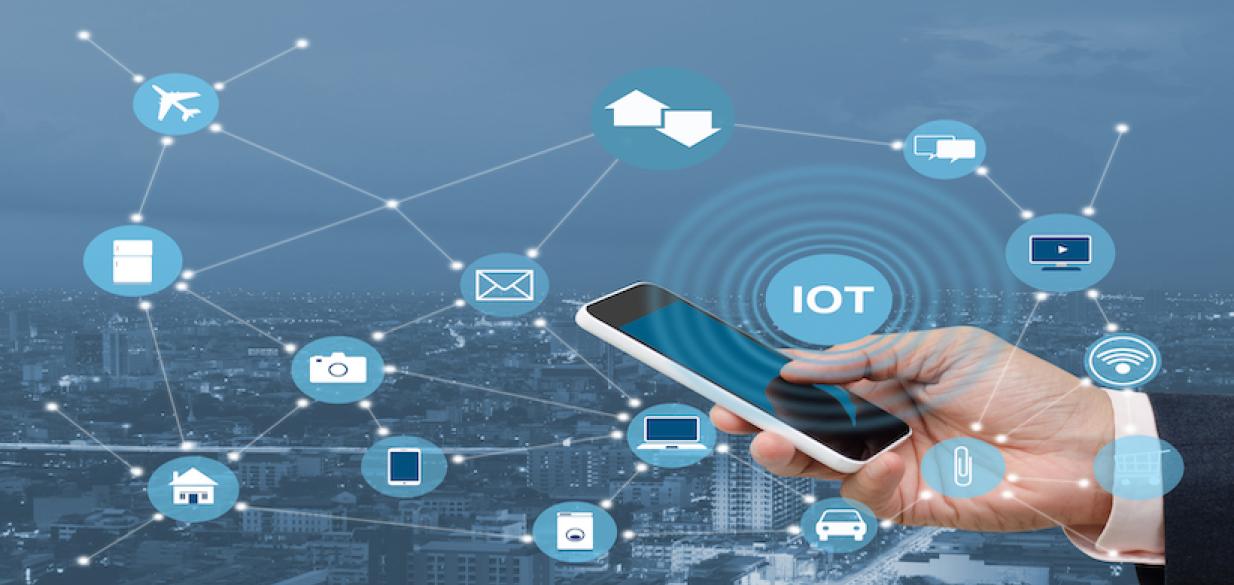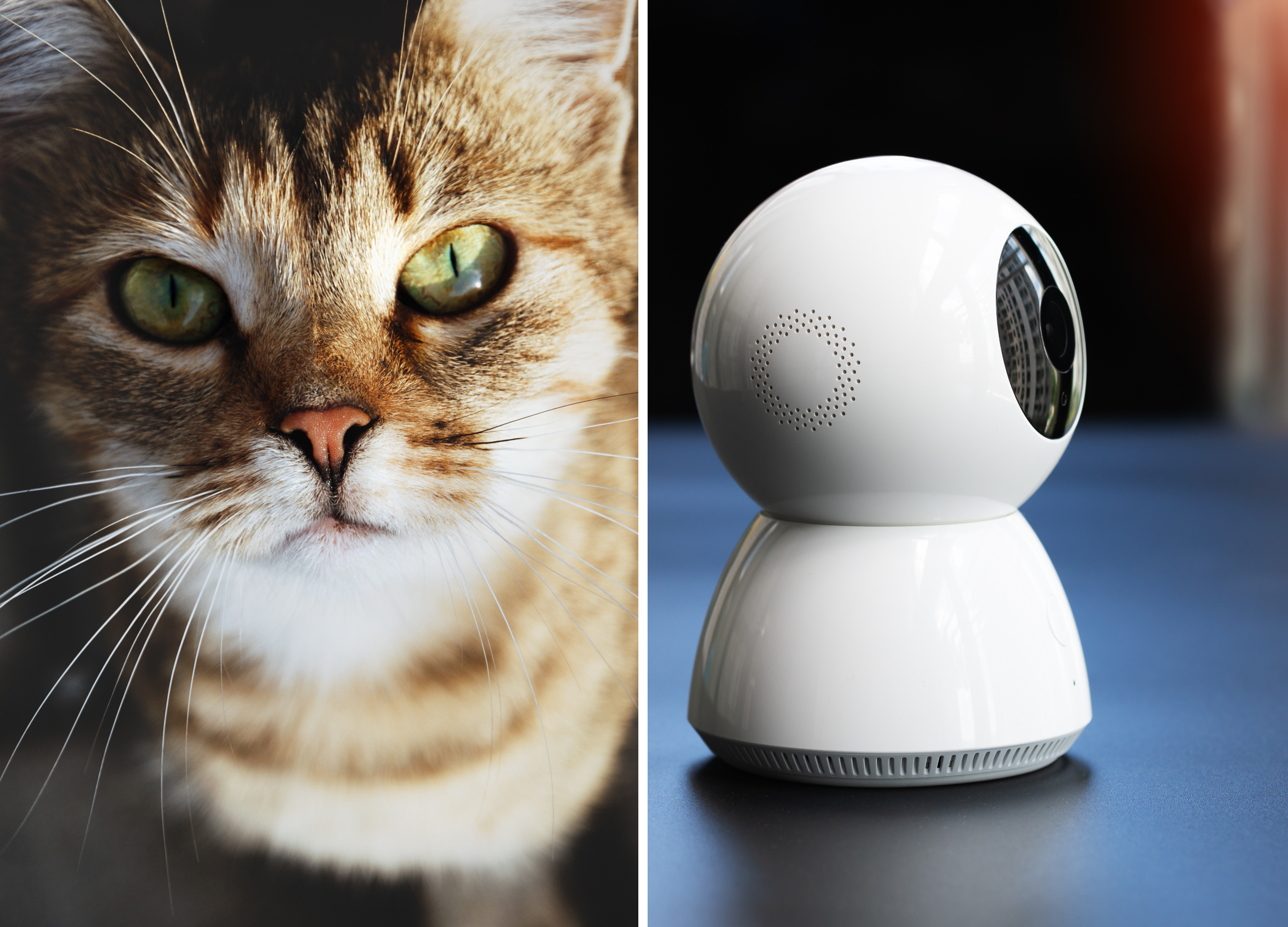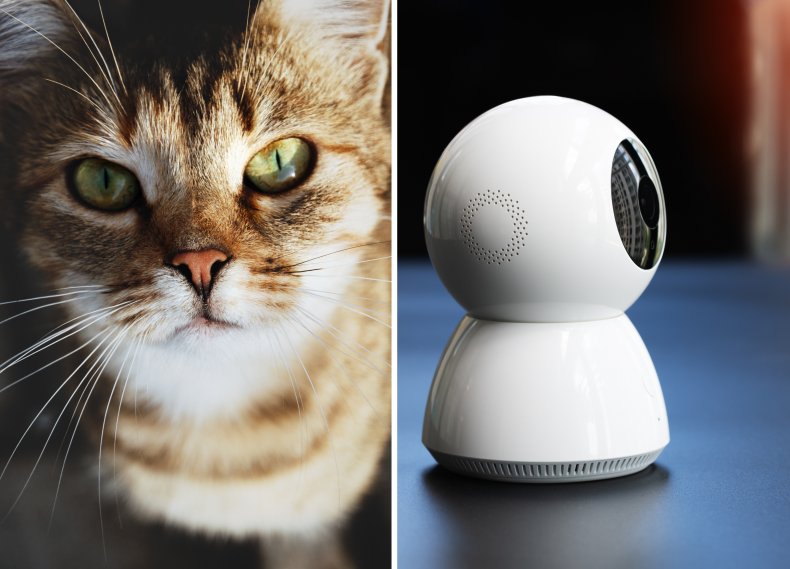Is There a New Ghost in Our Machine?


I’m told by those who know — one of the best ways to learn — that there is a device in computer circles called a “weird machine.” I was somewhat alarmed at the idea of computer security geeks running around in circles acting weirdly, until I read my latest bank statement, after which nothing could alarm me further.
A weird machine is ‘an artefact with additional code execution’. It operates, as you might expect, on “weird instructions,” whereby ‘an exploit is based on crafted outside input.’ No, I didn’t understand it either, but the words ‘execution outside’ gave me even more to be alarmed about.
By the time I was being informed — by those in the know, no less — that a classical attack takes advantage of a ‘stack buffer overflow’, I had to lie down with a damp artefact on my fevered brow.
The ghost in the machine usually refers to our mind as opposed to our body, and my own mind began to be haunted at an early age, when I first read about a machine that could fire bullets through the propeller blades of an aircraft in motion. That must have made some older pilots hanker after more gentlemanly times, when fliers fired pistols at each other during dogfights in Sopwith Camels and Albatros fighters. (If those actual creatures ever fought, which one would win, I wonder?) The creator of Biggles, Captain W.E. Johns, shot his own propeller off twice, something Biggles never did.

Machines are useful when they do our bidding obediently, but with the emergence of weird machines it increasingly looks as if they can now do anything they happen to feel like, by adding their own ‘code executions’ without executing our wishes. And (so far) not us either.
Older machines still serve us well, of course, and I don’t just mean drink dispensers. My elderly chicken-shaped egg boiler still functions, as does my ice cream cone producer and Rubik Cube Solver, time savers…





